Long before Hurricane Katrina, I heard of New Orleans.
I wanted to visit, not really knowing why, but was drawn by the reports of music, and an anticipated, yet-unnamed feeling I thought I might find in the southern city.
When my sister asked me to accompany her to a conference in MSY, it did not take me long to re-arrange my schedule for this coveted travel opportunity.
We walked and explored the inner city, but it took several days before I felt the desired emotional response. The writing muse visited at the same time – in the famous crowded Cafe Du Monde by the Mississippi River – and dictated the thoughts to be written.
The warm beignets and the accompanying heaping mountains of icing sugar splattering on my iPad and clothes were tempting distractions, but the soulful sounds of the lone saxophonist sitting on a wooden cafe chair on the sidewalk pulled the words from my mind to my fingers.
And so “The Soul of New Orleans” was born…
* The photos belong to my sister…
* The words are mine…
* The soul belongs to all of us…
A CITY OF JUXTAPOSITIONS
At first, the Big Easy, the birth-place of jazz, just had too many juxtapositions for me to feel much affinity with this historical city named New Orleans.
Past centuries mixed eclectically with the present in the heart of this Mississippi River port, with ghosts of bygone eras lurking in the shadows of the somewhat laid-back hustle and bustle of the modern metropolis.
Ancient street cars waited for the shout ‘End of the Line’ and the reversal of the direction of the seats wth the conductor’s quick swipe of hand across the rows. The ebb and flow in this city on the sea seemed to be governed by an unwritten movement of people and time: unhurried start times for concerts and unpredictable arrival of streetcars with unrushed embarking and and disembarking of passengers.
Traffic lights loosely guided the moving masses of pedestrians, horse carriages, and bicycle carts, unless interrupted by an anxious streetcar driver declaring its hierarchy of the road. Buskers, bystanders, and pedestrians swelled and shared roads as cars and police cars weaved through the streets of the French Quarter. Buildings seemed to be governed by the construction codes of times past.
Elegant, stately mansions standing erect next to run down buildings.
Beads everywhere, harking to the annual Mardi Gras – sold by street vendors, thrown from balconies, and hanging on trees.
Bourbon Street with old and young vying for the tourists’ coin.
Expensive art galleries and antiques on Royal Street running parallel to others with a questionable night life.
Locals and tourists meandering in and out on narrow sidewalks, sometimes past the less fortunate lying in front of expensive hotels or sleeping in bus shelters.
The vast multiplicity and diversity of images was somehow unsettling.
WHERE WAS THE MUSIC?
But I had come for the music, and I looked for it everywhere…searching for its pull amid the abundant noise in the centre of the old city – and I found it!
Small boys drumming plastic pails for money and street buskers playing with all of their might. I tipped until I could tip no more, appreciating the effort and sometimes the talent, knowing that for many, the street offerings would be the only reward rather than the hoped-for fame.
Unnamed professional-sounding musicians, sitting on the ground or standing on a street corner, bared their souls through their instruments, while only a short distance away on Frenchman’s Street and throughout the downtown area, world-renowned musicians played in clubs the size of a large living room, though the performances were worthy of a stadium-sized audience.
Music from the street, mixed with the sounds of shouting and laughing passers-by, blended into a new song, and I started to hear the real music of New Orleans.
The old and the new, the talented and mediocre, the varied cultures and races: extremes clamouring together in the tensions and churning of political uneasiness and economic disparity.
THE SOUL OF THE MUSIC
I no longer looked for the music. I felt it.
I heard it wafting in the distance, the lone soloist or the calliope concert from the river steamboat – not as its own entity but part of the harmony of the cacophony of trains, sirens, streetcars, street vendor calls, clap of horse hooves, and ship horns. The resulting symphonic blend resonated of a city finding its own balance in the curiously peaceful dissonant present while hoping and striving for greater consonance in the future.
This was the soul of the city, this sonorous blend of harmonies with clear individual voices, each stark colour playing its tune in the stained glass picture of New Orleans.
I heard the soul of New Orleans, and my soul found another home.
Photos Courtesy of Rondalyn Fitz
SHARE THIS:

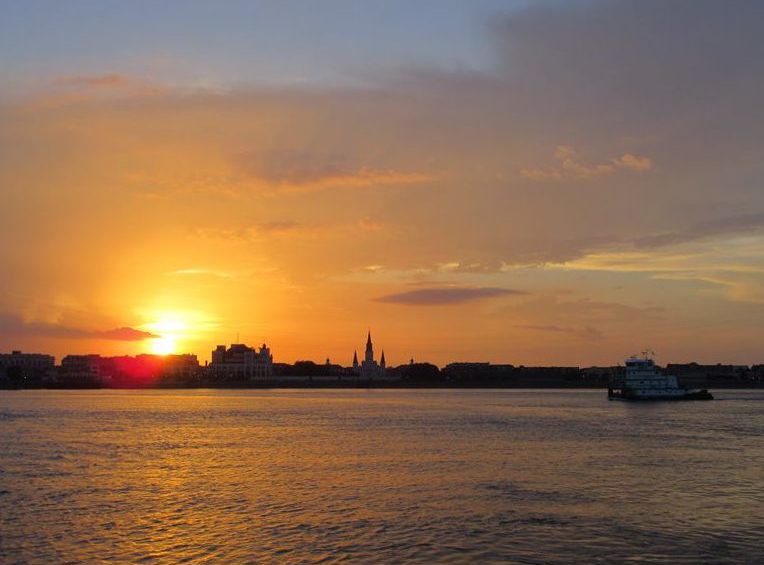
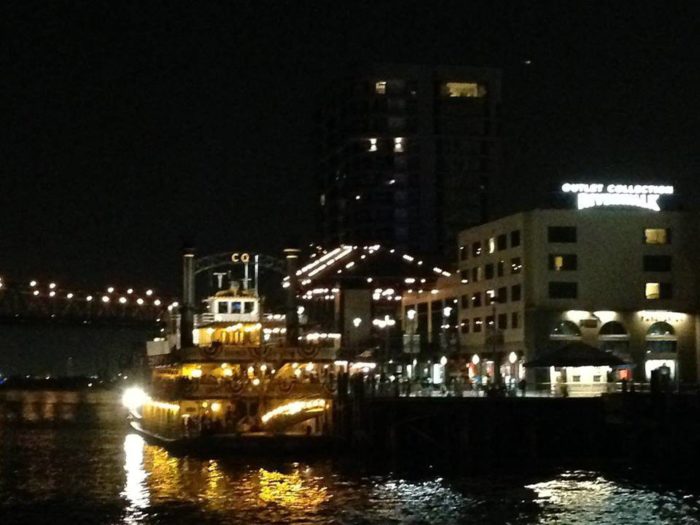

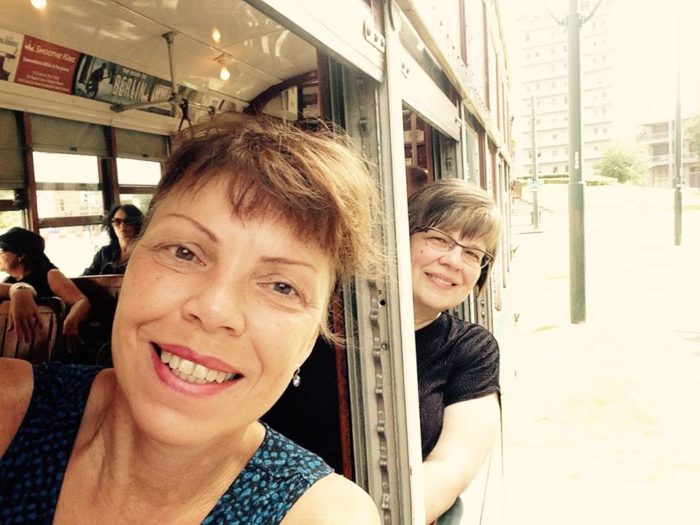
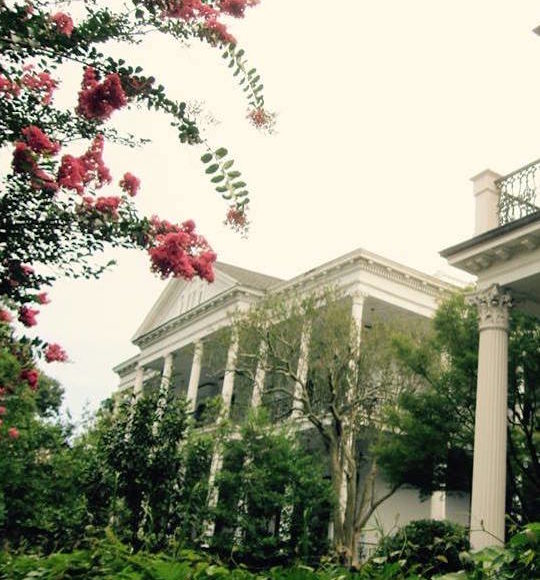
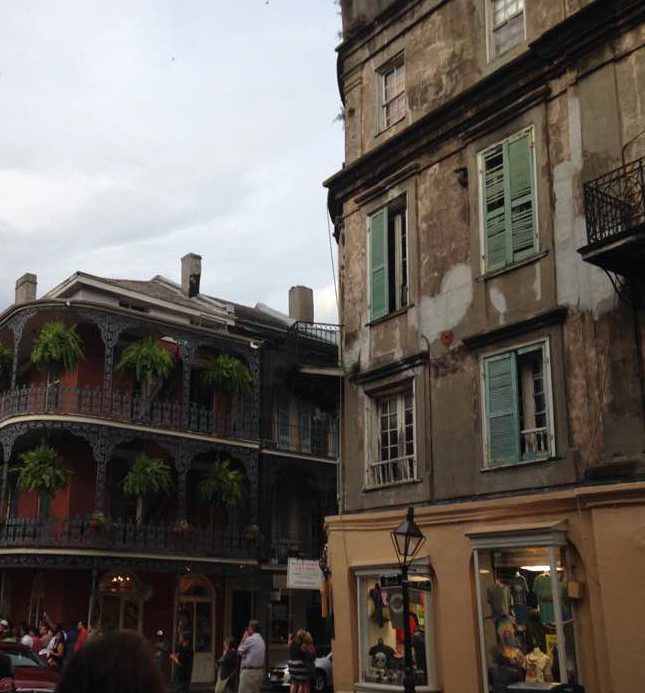
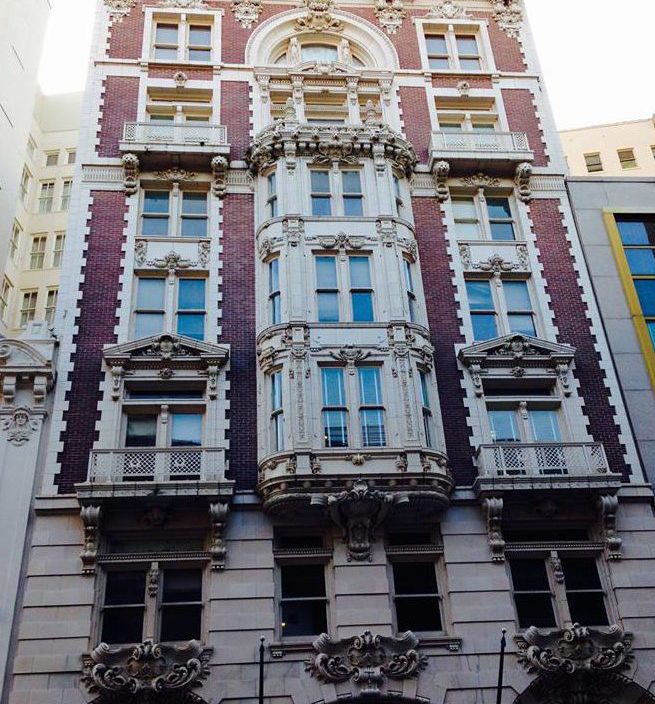
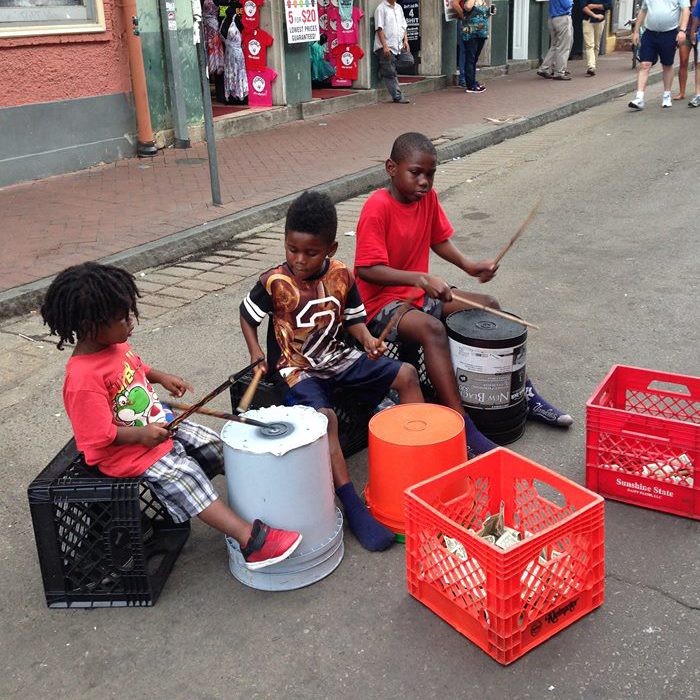
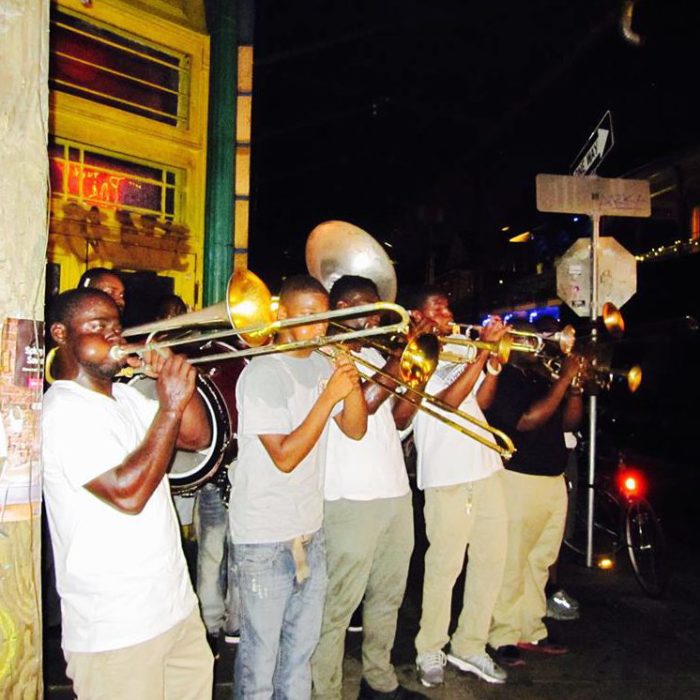
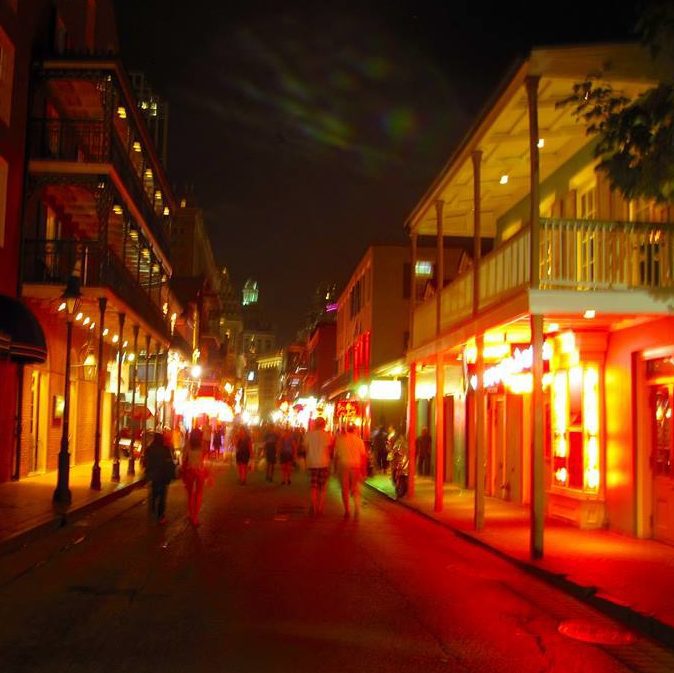
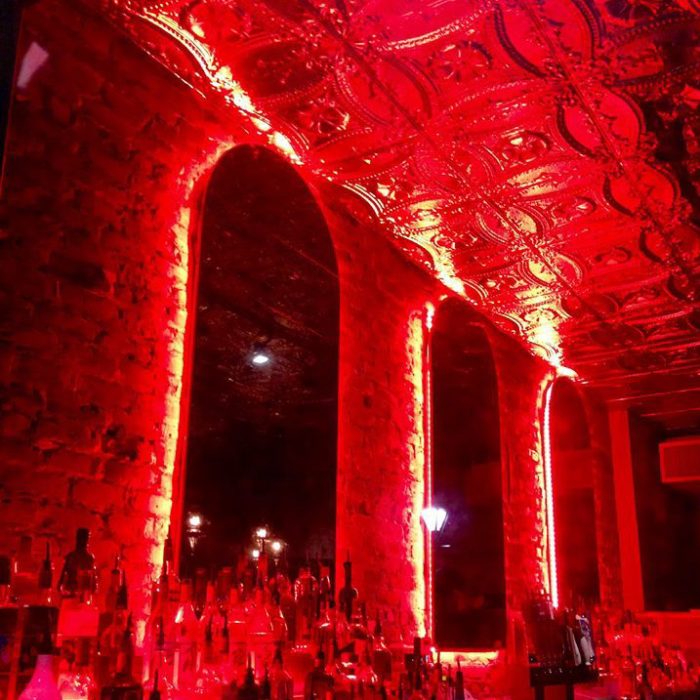
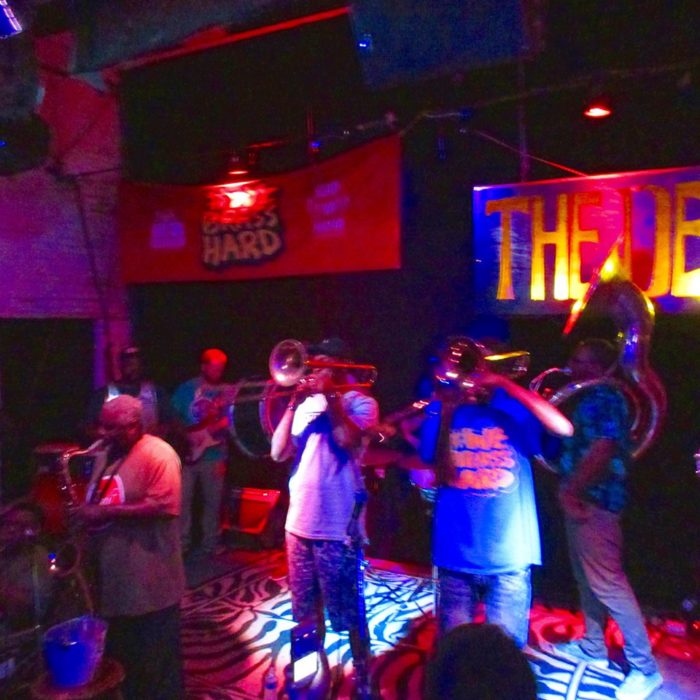
Thank you so much